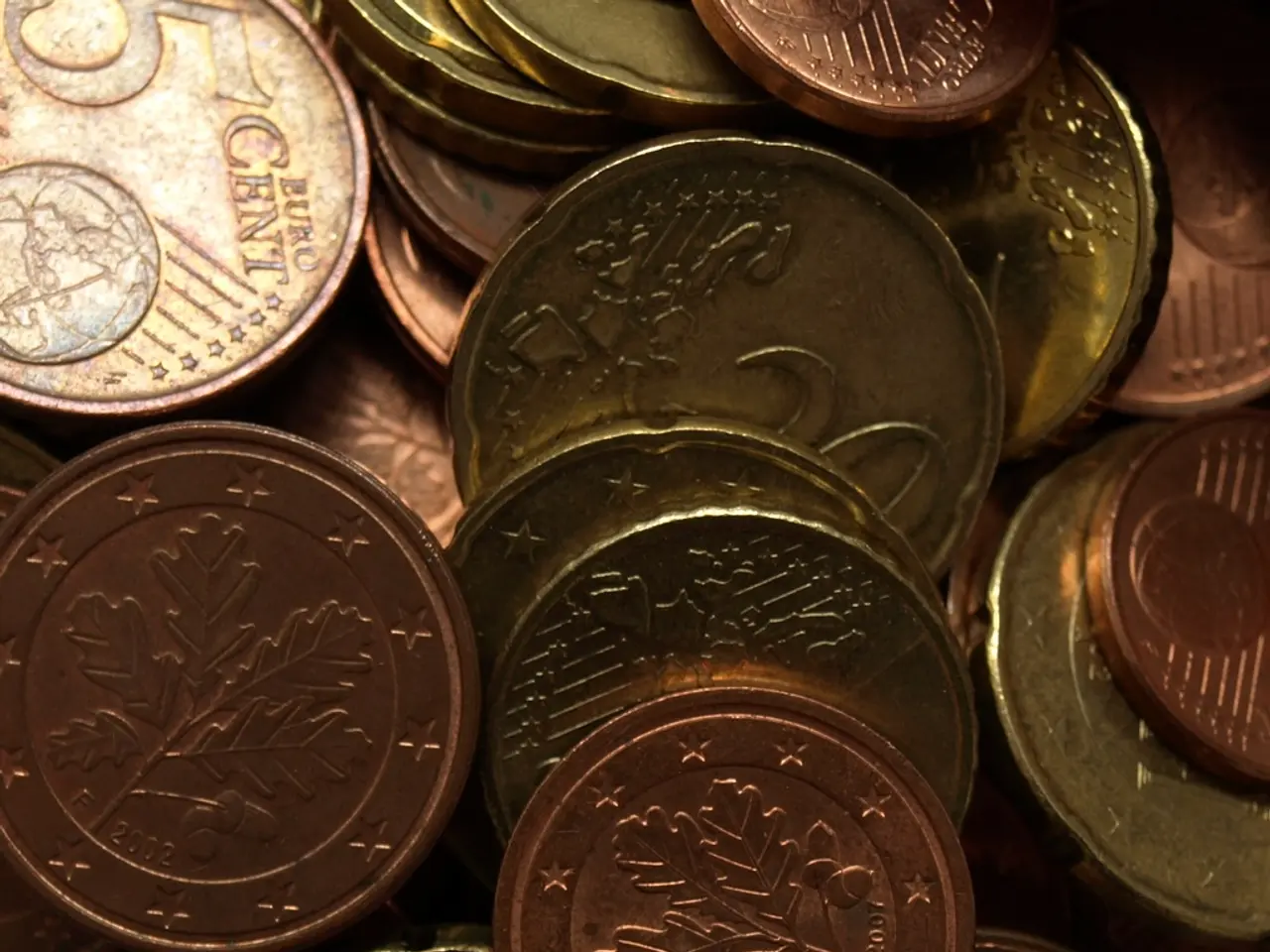Unlocking Vietnam's energy future relies on green finance
Vietnam is aiming to invest over $130 billion in its electricity sector between 2024 and 2030, with a significant focus on renewable energy. However, several challenges persist in developing a comprehensive green finance ecosystem in the country.
One of the key challenges is the underdeveloped credit guarantee mechanisms, inadequate risk assessment systems tailored to clean energy projects, and an unstable electricity pricing policy that increases financial costs and deters investment risks. Additionally, there are institutional constraints such as the lack of clear power purchase agreements (PPAs) with offtake guarantees and foreign exchange protection, absence of a regulatory framework for green finance and carbon markets, and insufficient preferential credit access for green businesses (only 15-20%) despite large capital needs.
To address these challenges, potential solutions focus on establishing a national energy transition fund providing preferential credit, risk guarantees, and technical assistance for clean energy investments. This fund could help bridge the gap in financing for high-capital projects such as battery storage or rooftop solar, which currently lack access to hedging instruments such as electricity futures, contracts for difference, or revenue insurance.
Issuing a clear green credit framework with detailed guidance from the State Bank is also recommended to support commercial banks in financing green projects. Tax incentives such as corporate income tax breaks, import tax exemptions for energy-efficient equipment, accelerated depreciation of renewable technologies, and land rental reductions for wind and solar projects could improve the financial attractiveness of green investments.
Enhancing public-private partnerships (PPPs) in power sector investments would leverage private capital and expertise. Institutional improvements include defining clear PPAs with investment risk reflection and foreign exchange safeguards, along with frameworks for carbon markets and sustainability assurance involving third-party verification to strengthen trust and unlock financing.
Vietnam can also learn from international models such as Germany's large-scale Climate and Transformation Fund, South Korea’s green development banks, China’s integration of green credit standards into banking, and Singapore’s support for SMEs with green equipment and ESG tracking. Adopting a flexible blend of financial, policy, and technical tools will be crucial to creating a robust green finance ecosystem aligned with Vietnam’s energy transition goals.
Key elements such as bankable power purchase agreements, payment guarantee funds, and transparent investor selection procedures have yet to be clarified in the PPP framework. Commercial banks should be incentivized to develop green lending portfolios through favourable credit limits, reduced refinancing costs, and access to green liquidity. Public-private partnerships should be underpinned by clear risk-sharing rules, with standardized documentation, revenue support mechanisms, and budgeted guarantees for clean energy projects.
A public support fund should be established to cover early-stage costs and reduce the financial burden on pioneering developers. As of 2024, less than half of the green credit was directed to renewable energy, and green credit accounted for only 4.5% of total outstanding loans. To address this, a national energy transition fund is proposed to be established, providing concessional lending, credit guarantees, and technical assistance for renewable energy, smart grids, and energy storage projects.
The State Bank of Vietnam should issue a dedicated circular defining green project eligibility, interest rate policies, and green credit key performance indicators. Electricity markets in Vietnam expose investors to risk, particularly for renewable energy projects. Import tax exemptions for advanced energy-saving equipment and reduced land rent for early-stage renewable energy projects are suggested to improve project economics.
In summary, addressing crediting and risk allocation challenges requires national funds, credit frameworks, and clear guarantees; taxation solutions include targeted tax incentives for green investments; and PPP enhancement alongside regulatory improvements will foster private investment participation. Third-party sustainability assurance and learning from international best practices also support ecosystem development.
Investing in renewable energy projects is crucial for Vietnam's electricity sector, as the country aims to invest over $130 billion in this sector between 2024 and 2030. However, the finance industry faces challenges such as underdeveloped credit guarantee mechanisms, inadequate risk assessment systems for clean energy projects, and uncertain electricity pricing policies that increase financial costs and investment risks. To combat these issues, potential solutions include establishing a national energy transition fund for preferential credit and risk guarantees, issuing a clear green credit framework, enhancing public-private partnerships, and learning from international models.




